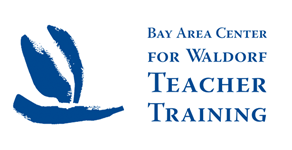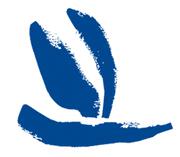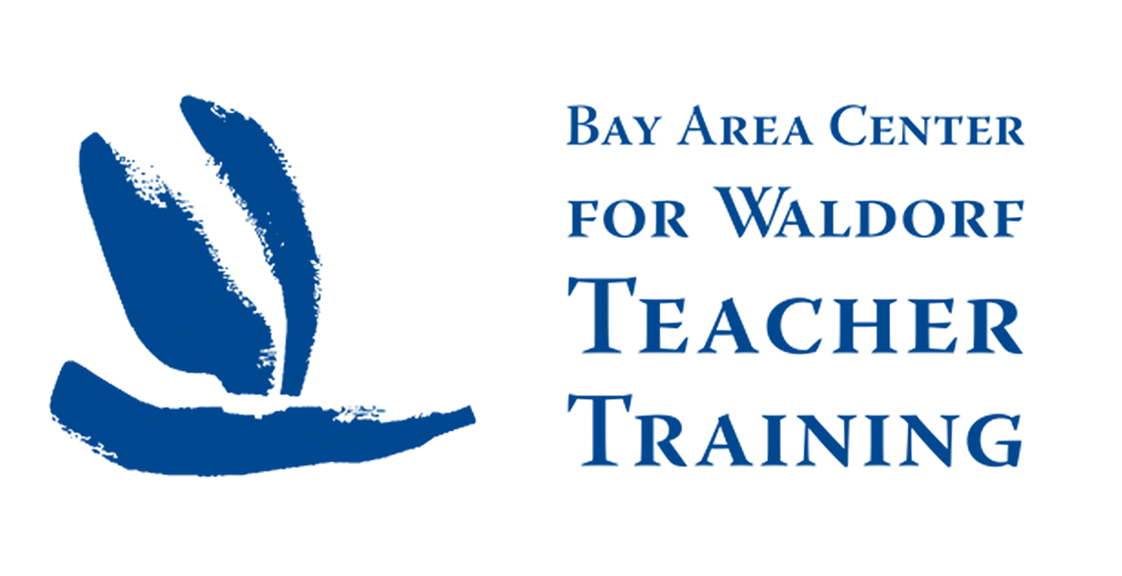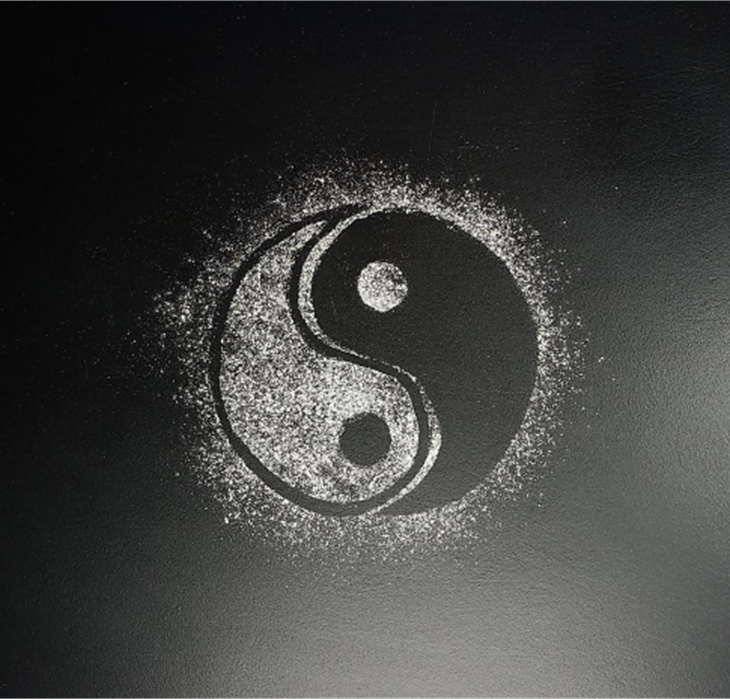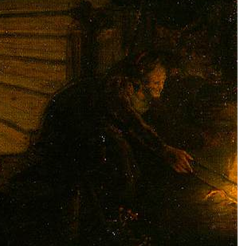Dear BACWTT Students, Alumni, Friends and Colleagues,
BACWTT began the 2021/22 teacher training year last Friday and now that we are underway we would like to start with our weekly Town Meeting Newsletter again. This weeks newsletter is reflecting on the Calendar of the Soul verse that we shared at our Town Meeting on Friday 9/24, so by the time you get this it will be last week’s verse. That is part of our teacher training rhythm—reading the verse as we approach the end of the week—so it has something of a looking back over the week that has been character.
Here is the Calendar of the Soul:
Calendar of the Soul
Verse 25
English
I to myself may now belong
And radiantly shed inner light
Into the dark of space and time
All natural being inclines to sleep
The depths of soul shall be awake
And waking, bear the Sun’s warm glow
Into the winter’s cold.
Mandarin
我终于回归自己,
用内在之光照亮暗黑时空。
即便生灵沉寂睡去,
最本质的灵魂也要保持觉醒。
让太阳觉知的光芒,
在冬日的冰融之水中流淌。
Spanish
Puedo ahora pertenecerme a mí mismo,
y resplandeciendo propagar luz interior
en tinieblas del espacio y del tiempo.
Hacia el sueño pugna el ser natural,
las profundidades del alma deben velar,
y velando llevar lumbre solar
a fríos raudales del invierno.
The verse this week captures a time of transition and turning point from summer to winter. What was outside is borne inwardly, into the inner life, lighting up from within. As outer nature turns to-wards sleep and hibernation the human being turns towards an internal wakefulness.
The verse this week captures a time of transition and a turning point from summer to winter. What was outside is borne inwardly, into the inner life, lighting up from within. As outer nature turns to-wards sleep and hibernation the human being turns towards an internal wakefulness.
The painting called The Philosopher in Meditation, by Rembrandt, helps to live into a fuller imagination of this transitioning from outer to inner light. The Philosopher sits in the golden light coming through the window. He appears to have turned away from his books, he sits calmly with hands held in his lap, his face is tilted down in contemplation and the sunlight shines onto his bald round head. The other figure in the darker part of the room is active, stoking the fire or cooking. She is concentrating and using her arm and hand strongly, the light shines directly into her face. A very opposite gesture and quality to the philosopher.
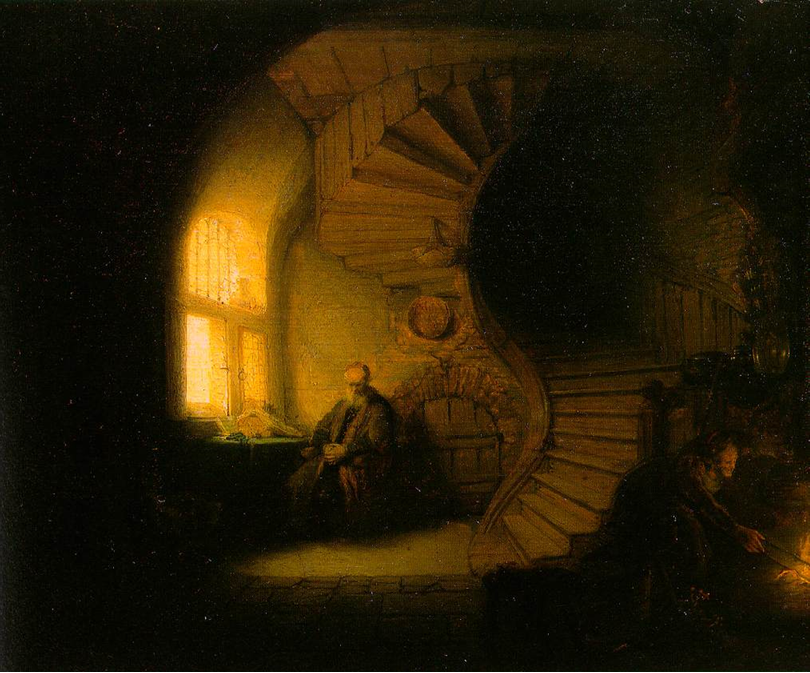
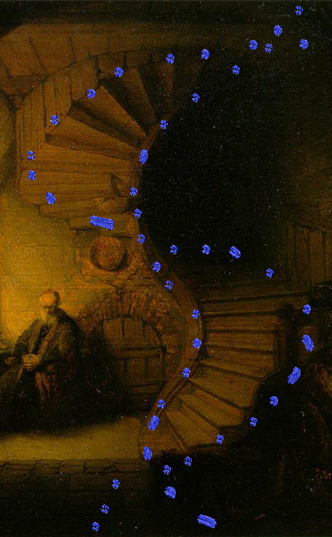
The staircase creates a very interesting division between the two figures and the two sides of the room—the side that has sunlight streaming in and the side that is lit by the burning wood. And if we look closely we can see how the lines of the staircase create a double helix form which twists between the two opposite figures.
This shape, like the familiar form of DNA, floats vertically, twisting and weaving in the middle realm between the two opposites. Although it is painted very realistically and accurately it challenges close examination—the upper and lower surfaces of the stairs, the transitions from light to dark—slip away from comprehension. We can imagine that Rembrandt depicted it this way on purpose to cause us to enter into the inner life of the Philosopher—so that as we contemplate the painting we are invited into the workings of his mind as he grapples with the intangible.
We can also recognize in the placement of light and dark and in the curves of the staircase the spiraling balancing forms of the Yin—Yang, Chinese symbol of opposites finding relationship and harmony.
A further contrast and compliment of opposites can be found in a lemniscate form between the brightest part of the window and the darkest part of the upper staircase. We can feel a kind of ‘push’ of the light and a kind of ‘pulling in’ by the dark.
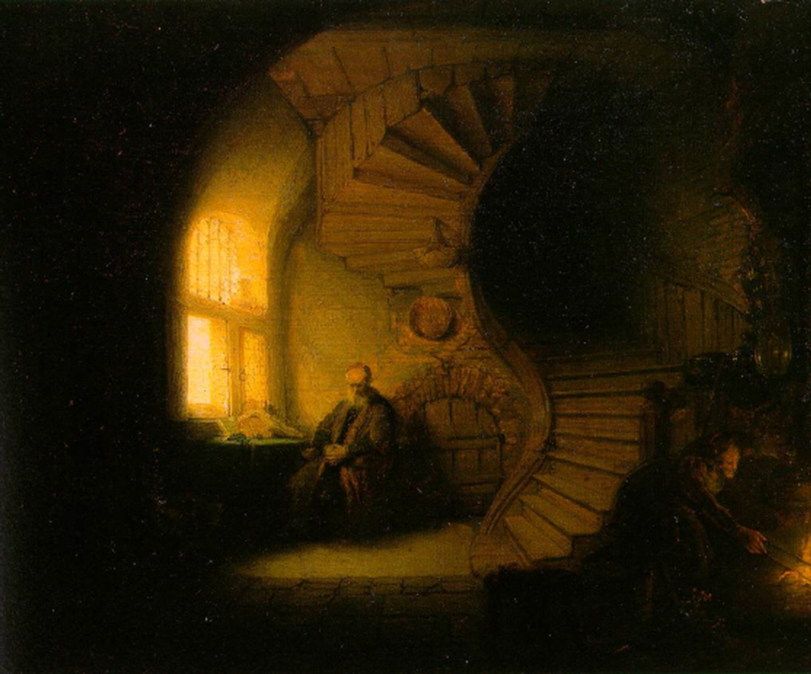
Contemplating this painting in relation the verse for the week can help us into a more complex feeling for the various aspects of the transitions and changes that are taking place:
Outer light to inner light
Sleep to awake
Carrying warmth towards the cold
Shedding light into the dark of space and time.
We are in the week leading up to Michaelmas and can look in the verse for that which is strengthening as we move in that direction. If we consider this artwork in still one more way perhaps we can read in the gestures of the two figures the moment we are in as we pass from summer to Michaelmas.
The old man sitting near the window, turning away from the outside and from his reading, is coming to rest—a picture of the dying into stasis. His head tilts down away from the light and the out-side world and towards the inside of the room and to the woman by the fire. The old woman is stoking up the fire, she is busy and engaged, focused. The fire is small now but will grow as she tends it and as the light outside dies away the fire inside will burn stronger and brighter.
We can consider this painting again, this time from the point of view of showing us a time process from left to right—moving from the summer—through the fall—and into winter, and helping us in our contemplation of this particular moment. Looked at this way, then the woman who is very mysterious when we look at the whole painting, who is almost out of the painting, becomes much more interesting. We can see in her aspects of the Michaelmas gesture.
A few years ago I described to a friend, Hartmut Borries, who is a Christian Community priest in New Zealand, an activity that we do as a part of the festival of St. John, during our summer pro-gram. Each person contemplates some aspect of themselves that they would like to let go of, something that is getting in their own way—they write this on a piece of paper—and then as part of a little ceremony—each person puts this pieces of paper into a fire and enjoys watching the paper and the thing they wrote on it go up in smoke.
Hartmut’s comment to me, which I continue to think about, was although that was a really good activity, it needed to followed up with something at Michaelmas that had more of a will quality—otherwise it could easily be left as only a wish—without us taking hold and working more consequently and practically with ourselves. In our teacher training program as we started back again, we could feel this need to carry our summer experiences down into our will. As we met again with the returning cohorts—there was a mood of purposefully picking up the threads that were temporarily let go of — and in the mood of Rembrandt’s painting— to move from the quality of the philosopher to the mood of the woman actively stoking the fire. We turn again to the task at hand—some of which is external learning and some of which is internal personal growth and transformation.
I would like to share a written version of the speech that Kiki LaCroix gave, as the graduating Class Speaker, during the Graduation ceremony of her class in July. In her speech Kiki connects the experience of making a copper bowl to the experience of going through the Waldorf teacher training, especially during the challenges of the pandemic.
“Good morning,
It’s such a beautiful day to graduate.
Some of us got to make copper bowls as an elective this summer, and I couldn’t help but think it was a wonderful image to describe our teacher training experience over the last 3 years. When you hammer a copper bowl, first you start with a flat square shiny piece of perfect copper.
We showed up, bright and shiny to our first year of teacher training.
Next, you cut the corners off this square piece of copper, in true Waldorf fashion, rounding off the edges,
And we definitely had some metaphorical cuts, but also literal ones! We were a much larger cohort when we started.
Then there is this pivotal moment of the first hammer strike. So terrifying! Putting that first dent into this beautiful sheet of copper that seems just fine the way it is.
For all of us that first hammer strike was different…For me it was Philosophy of Freedom, ooOf! We all had a moment like that, a first blow putting a dent in our surface…And then those blows keep coming, A stream of incredibly humbling experiences and you start wondering whoaaa why am I doing this? This process of growth is actually a bit uncomfortable!!
And all of a sudden something starts to take shape. And there is this beautiful little divot starting to form. And you are creating space and making room for something else, something new.
You have to be broken down in order to build back up, no one wants a shiny flat piece of copper to hold their keys.
There has to be something there, a shape, something to hold whatever it is you are holding inside…So that you can become a vessel to hold space for others to grow. You are totally transforming yourself.
And just when we think we are done with our bowl, its so lovely it has a nice shape, we are getting the hang of things…You have to turn it over on its head and the blows start coming from the outside.
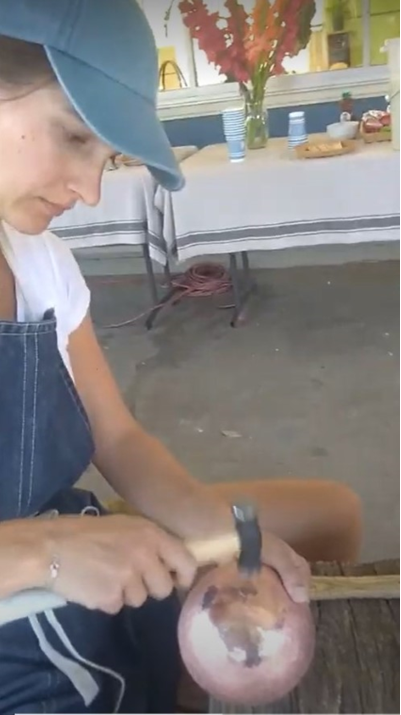
This is the planishing phase, and for us it came in the form of a global pandemic…Bam bam bam! The hits keep coming from the outside…To try and smooth something over…
And yet here we are on the other side of it. A beautiful, finished exterior, not shiny, not perfect, but even better than before. We have dents and nicks and maybe some unevenness, but wow, now we can hold something. We have become vessels, of teaching. And what a gift to be able to do that!
Thank goodness, for this summer, the final stage of the bowl…You take this lovely space that you have created, turn it over, start clacking from the bottom to create a foot. You pop in the center. This was a tough part, because here we have this beautiful shape that we have created and then you have to bang it around just enough so it can stand on its own feet. Maybe that was our Arabian Nights play.
So you pop in the foot, and stand it on its feet so it can be ready to go…This summer got us back on our feet. It allowed us after the years we have had and the blows we have taken, to be able to stand on our own feet and be able to hold something.
I’m so proud of us, I’m so proud of you. Thank you.”
I hope you can hear in her speech the gesture of returning again and again to continue the work, to pick up where we left off, to heat the copper again to make it soft and take up the shaping hammer. Maybe the old woman in the painting is heating up a piece of copper and the fire is for not for cooking but for forging!
Wishing us all a good transition of the season and a strong school year ahead – and hopefully the ‘planishing’ of the past year will help us to shine!
Ken
Kenneth Smith
Director, BACWTT
